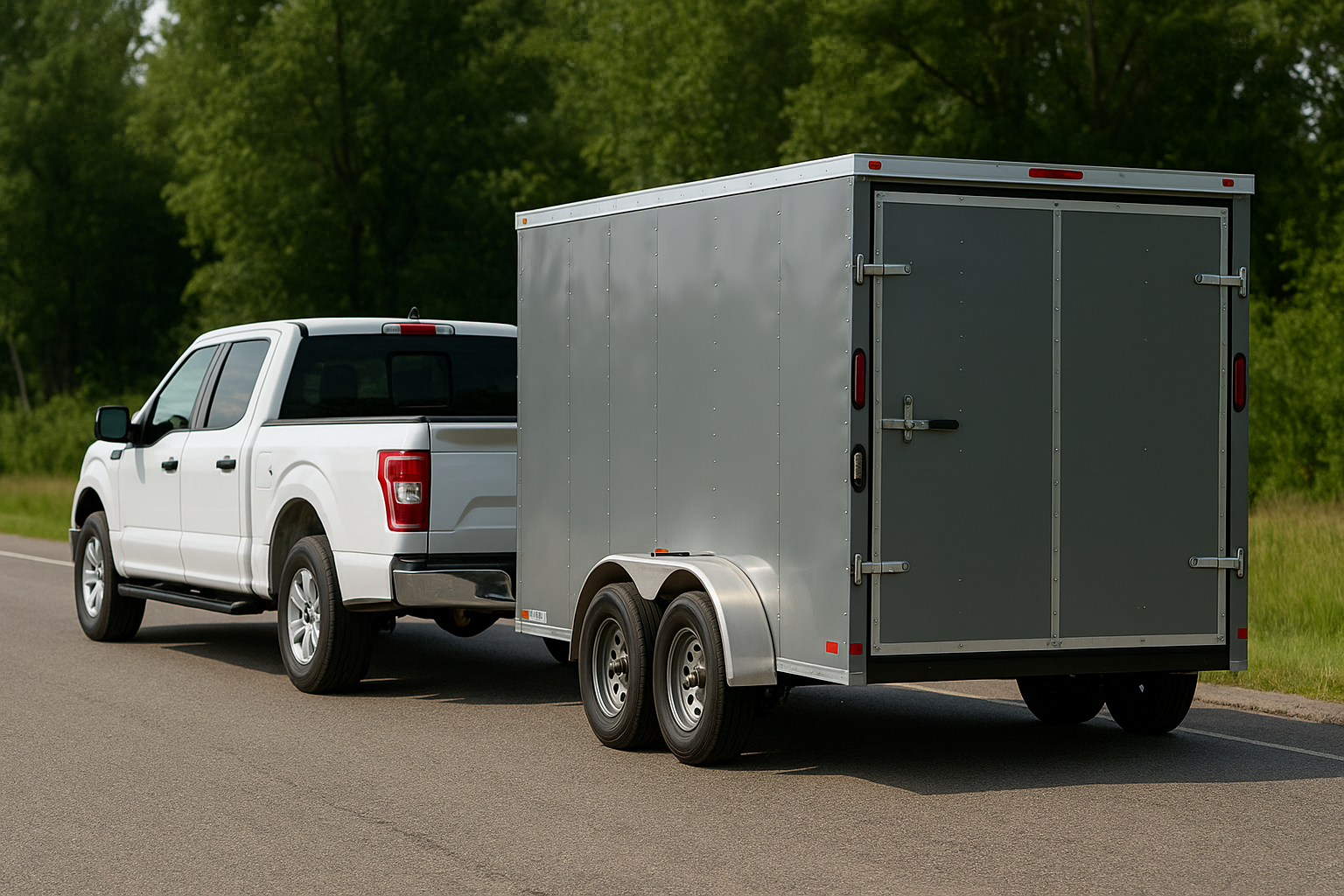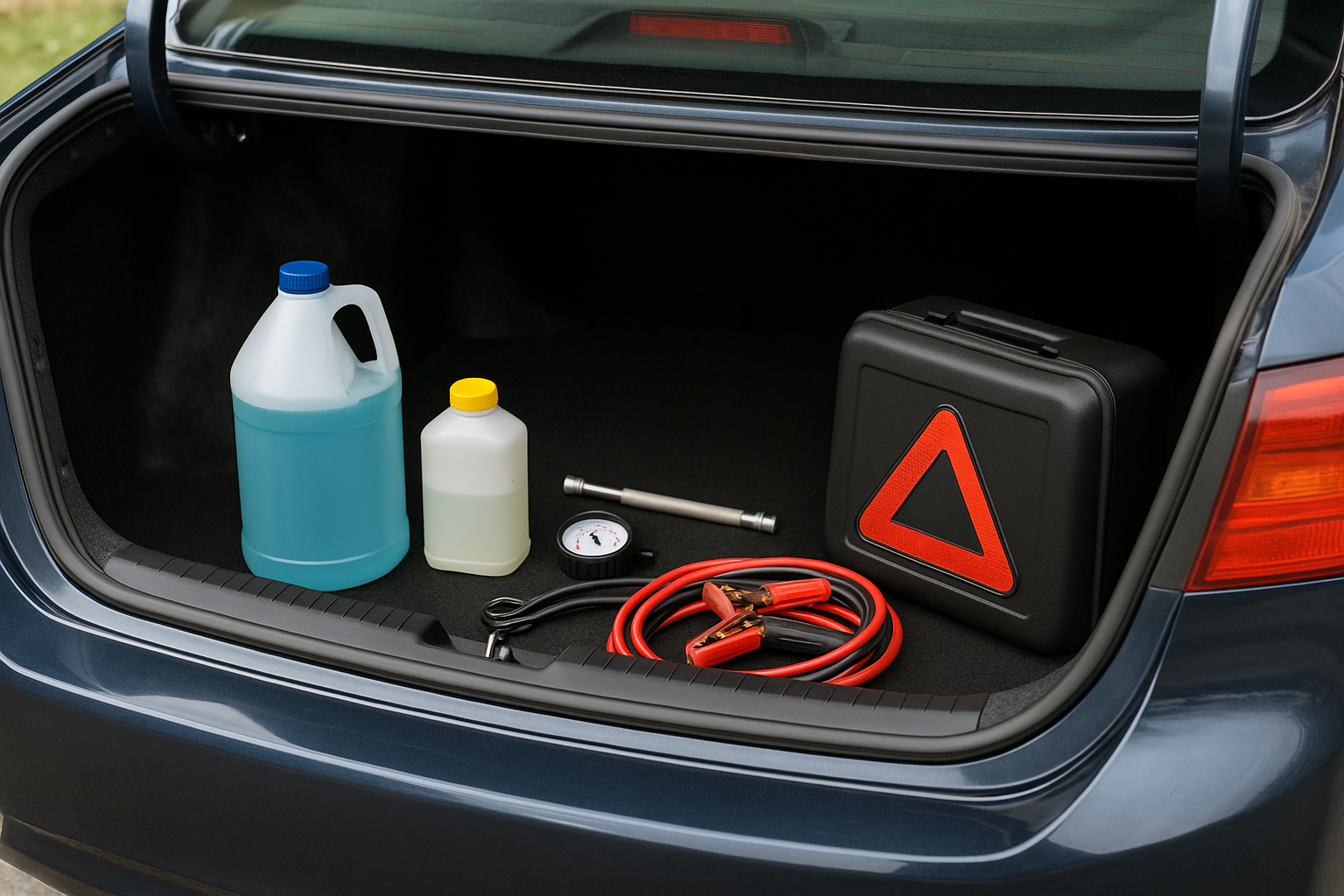Hook: Hauling a trailer adds versatility to your vehicle—but improper setup can lead to sway, poor handling, or even accidents. This towing trailer guide covers key principles of trailer weight distribution, mirror adjustment, and braking strategies for safe towing.
- How to achieve correct tongue weight and balance
- Mirror setup for maximum visibility
- Braking techniques to control trailer momentum
Why Proper Weight Distribution Matters
Uneven or excessive tongue weight (the downward force at the hitch) can overload your rear axle, reduce front-wheel traction, and cause trailer sway. Aim for 10–15% of the total trailer weight on the hitch. For example, a 3,000 lb trailer should exert 300–450 lb tongue weight. Use a quality hitch scale to verify and adjust by redistributing cargo fore and aft in the trailer.
Step 1: Loading & Balancing the Trailer
1.1 Position Heavy Items Over Axle
Place batteries, water tanks, and other heavy cargo directly above or slightly forward of the trailer axle. This centralizes weight and minimizes side-to-side imbalance.
1.2 Front-to-Rear Cargo Placement
Shift lighter gear (chairs, camping supplies) toward the rear, but avoid stacking so far back that tongue weight drops below 10%. If you’re below spec, move 50–100 lb of cargo forward to restore proper pressure.
1.3 Secure & Tie Down
Use ratchet straps and bungee cords to prevent cargo from shifting under acceleration or during sudden stops. A moving load can instantly alter distribution and create sway.
Step 2: Adjusting Mirrors for Full Visibility
With the trailer attached and loaded, sit in the driver’s seat and adjust your side-view mirrors so that:
- You can see the full length of the trailer’s side without leaning.
- The horizon line bisects each mirror, minimizing blind spots above or below.
- Objects directly beside your trailer appear at the inner edge of the mirror.
If your vehicle lacks extendable mirrors, consider clip-on mirror extensions to maintain legal visibility of adjacent lanes.
Step 3: Braking & Controlling Momentum
3.1 Trailer Brakes vs. Vehicle Brakes
Electric trailer brakes—activated by your vehicle’s brake controller—help share stopping load. Set the gain so that light stops engage trailer brakes first, then vehicle brakes under heavier loads.
3.2 Smooth, Early Braking
Begin braking earlier than you would unhitched. Allow at least twice the normal stopping distance in wet or downhill conditions. Progressive pedal pressure prevents trailer “jack-knifing.”
3.3 Sway Control
If you detect sway, hold the steering steady and lightly tap the trailer-brake override button. This applies only trailer brakes, which realigns hitch and tow vehicle without wheel lock-up.
Pro Tips for Safe Towing
- Inspect Hitch & Hardware: Check for cracks, rust, or loose bolts before every trip.
- Use Weight-Distribution Hitch: For heavy trailers, spring bars can transfer load to front axle and improve steering response.
- Monitor Tire Pressure: Underinflated tires on tow vehicle or trailer reduce stability—check pressures cold.
- Practice in Low-Traffic Areas: Rehearse backing and turning maneuvers before hitting busy roads.
- Keep Speed Under 60 mph: High speeds amplify sway and reduce reaction time.
Common Pitfalls to Avoid
- Overloading the Rear: Too much cargo at the back raises front end and hampers steering.
- Ignoring Sway Symptoms: Correct immediately—continuing to drive through sway can escalate to loss of control.
- Braking Hard Without Trailer Brakes: Relying solely on your vehicle’s brakes lets the trailer push you forward under heavy stop.
- Poor Mirror Adjustment: Blind spots hide adjacent cars—regularly verify mirror angles on long trips.
FAQs
- Q1: How do I calculate tongue weight?
- A1: Use a bathroom scale under the jack foot with trailer level. Measure total trailer cargo, then adjust load until the jack reads 10–15% of that weight.
- Q2: Is a weight-distribution hitch necessary?
- A2: For trailers over 50% of tow vehicle’s curb weight or frequent mountain driving, yes—it prevents nose-lift and enhances steering control.
- Q3: What if I can’t install electric trailer brakes?
- A3: Invest in a mechanical surge brake system. It applies trailer brakes hydraulically during tow vehicle deceleration, though tuning is less precise than electric.
Conclusion & Next Steps
Following this towing trailer guide—from perfecting trailer weight distribution to mirror setup and braking strategies—will make every haul safer and more predictable. Before your next trip, run through this checklist: scale your tongue weight, test your mirrors, and verify brake controller settings. Master these steps, and you’ll tow like a pro every time!

